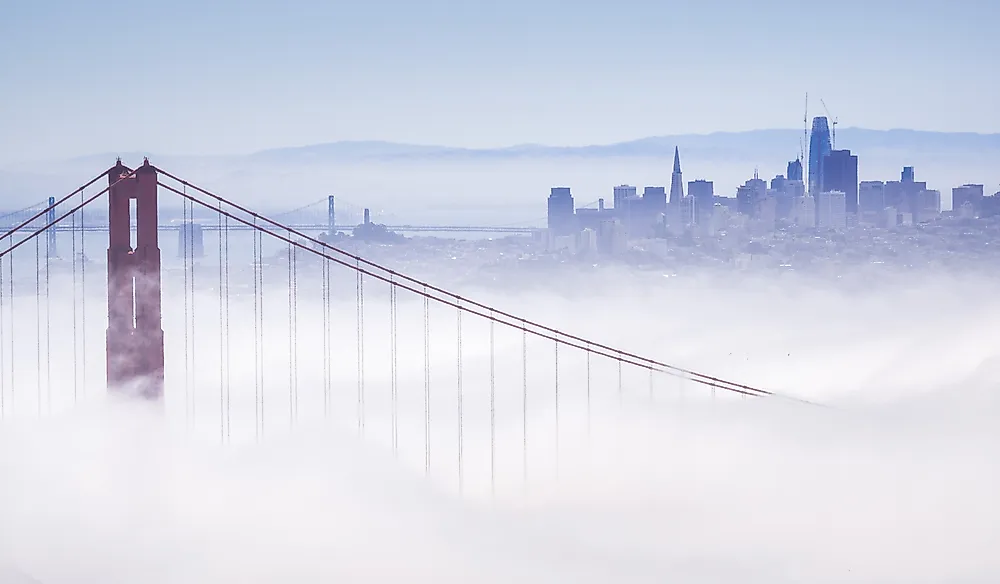How Is Fog Formed?

Fog is an aerosol of tiny water droplets or ice crystals that appears as a cloud near ground level and reduces visibility. It is a common weather phenomenon that can occur in almost all parts of the world and at any time of the year. Fog is also considered to be a type of cloud since it shares similar characteristics with conventional clouds. In particular, fog is influenced by water bodies, wind, and topography, while bearing a close resemblance to stratus clouds which take the form of a continuous grey sheet.
Formation of Fog
Fog is formed when there is a difference of less than 2.5 °C between the air temperature and the dew point, which is the temperature below which water droplets start to condense and form dew. When water vapor condenses, it turns into tiny droplets of water that are suspended in the air. Water vapor exists in the atmosphere for various reasons, including the evaporation of water from water bodies, transpiration from plant leaves, and the movement of air over warm bodies of water.
Where Does Fog Occur?
Fog usually forms at a relative humidity of about 100%, which occurs when there is increased moisture in the air or when the temperature is decreasing. However, fog will not form at a relative humidity of 100% if the air is unable to hold any further moisture, which causes the air to be supersaturated and effectively prevents fog formation. Fog causes precipitation through light showers or light snow. Showers or drizzle occur when the fog has attained a relative humidity of 100%, and the tiny water droplets start to combine to form larger droplets. Fog varies in thickness and depends on the altitude of the inversion boundary, which is the point where air temperature starts to decrease.
Types of Fog
Different types of fog are classified depending on the nature of the cooling that caused condensation. Radiation fog is formed due to the cooling of the Earth’s surface after the sun has set. Therefore, radiation fog occurs at night and dissolves soon after sunrise. Ground fog obscures up to 60% of the sky but exists lower than other clouds. Advection fog is formed when air bearing moisture passes over cool surfaces by the process of advection. This type of fog usually occurs over the sea. Other types of fog include steam fog, ice fog, hail fog, and precipitation fog.
Effects of Fog
Since fog is suspended in the air, it obscures vision and can affect certain human activities, especially travel. The droplets in a fog vary in concentration, which can cause partial to zero visibility. The aviation industry is particularly prone to the effects of fog, as limited visibility can make flying unsafe, especially during takeoff and landing. This may keep planes grounded, which is inconvenient for both travelers and goods. There are also multiple car accidents each year that are the result of unsafe road conditions caused by fog.











